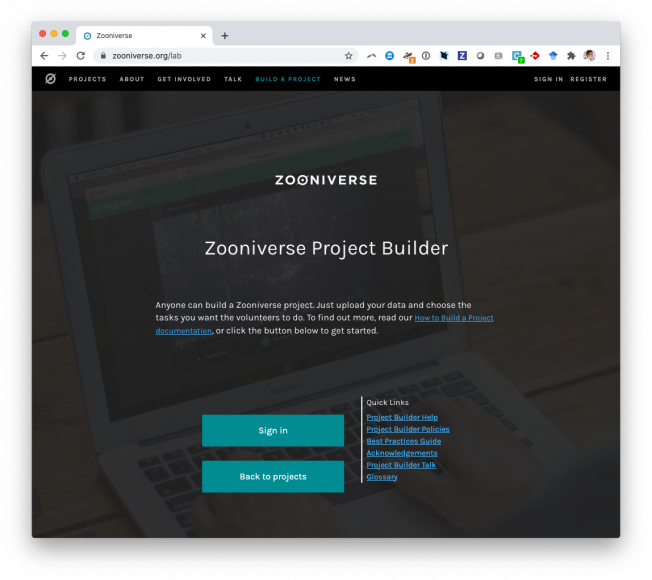Transforming Libraries and Archives through Crowdsourcing
D-Lib Magazine CNRI Acct 23:5/6 (2017)
Galaxy Zoo: the interplay of quenching mechanisms in the group environment
Monthly Notices of the Royal Astronomical Society Oxford University Press 469:3 (2017) 3670-3687
Abstract:
Does the environment of a galaxy directly influence the quenching history of a galaxy? Here we investigate the detailed morphological structures and star formation histories of a sample of SDSS group galaxies with both classifications from Galaxy Zoo 2 and NUV detections in GALEX. We use the optical and NUV colours to infer the quenching time and rate describing a simple exponentially declining SFH for each galaxy, along with a control sample of field galaxies. We find that the time since quenching and the rate of quenching do not correlate with the relative velocity of a satellite but are correlated with the group potential. This quenching occurs within an average quenching timescale of ∼2.5 Gyr from star forming to complete quiescence, during an average infall time (from ∼10R200 to 0.01R200) of ∼2.6 Gyr. Our results suggest that the environment does play a direct role in galaxy quenching through quenching mechanisms which are correlated with the group potential, such as harassment, interactions or starvation. Environmental quenching mechanisms which are correlated with satellite velocity, such as ram pressure stripping, are not the main cause of quenching in the group environment. We find that no single mechanism dominates over another, except in the most extreme environments or masses. Instead an interplay of mergers, mass & morphological quenching and environment driven quenching mechanisms dependent on the group potential drive galaxy evolution in groups.Galaxy Zoo: star-formation versus spiral arm number
Monthly Notices of the Royal Astronomical Society Oxford University Press 468:2 (2017) 1850-1863
Abstract:
Spiral arms are common features in low-redshift disc galaxies, and are prominent sites of star-formation and dust obscuration. However, spiral structure can take many forms: from galaxies displaying two strong `grand design' arms, to those with many `flocculent' arms. We investigate how these different arm types are related to a galaxy's star-formation and gas properties by making use of visual spiral arm number measurements from Galaxy Zoo 2. We combine UV and mid-IR photometry from GALEX and WISE to measure the rates and relative fractions of obscured and unobscured star formation in a sample of low-redshift SDSS spirals. Total star formation rate has little dependence on spiral arm multiplicity, but two-armed spirals convert their gas to stars more efficiently. We find significant differences in the fraction of obscured star-formation: an additional $\sim 10$ per cent of star-formation in two-armed galaxies is identified via mid-IR dust emission, compared to that in many-armed galaxies. The latter are also significantly offset below the IRX-$\beta$ relation for low-redshift star-forming galaxies. We present several explanations for these differences versus arm number: variations in the spatial distribution, sizes or clearing timescales of star-forming regions (i.e., molecular clouds), or contrasting recent star-formation histories.SDSS IV MaNGA: Discovery of an Ha Blob Associated with a Dry Galaxy Pair-Ejected Gas or a "Dark" Galaxy Candidate?
ASTROPHYSICAL JOURNAL 837:1 (2017) ARTN 32
Gravity Spy: integrating advanced LIGO detector characterization, machine learning, and citizen science.
Classical and quantum gravity 34:No 6 (2017)



